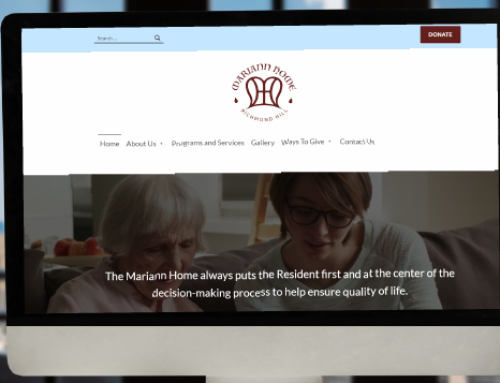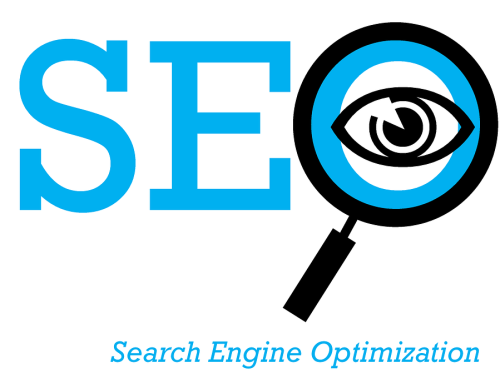What is it? How is it used?
SEO stands for Search Engine Optimization and is a marketing strategy aimed at ensuring that a website has visibility on search engines. Marketers utilize a combination of both technical and creative elements to improve a website’s rankings, drive site traffic, and increase brand awareness. Sometimes the purpose of SEO is to simply guarantee your site is structured in a way that is easily accessible to visitors. This may be done using keywords, highly relevant content, search-engine-friendly site construction, or gaining external links to your site through reputation and value.
Why is it necessary?
Without an effective SEO strategy, a business is at risk of losing potential customers. Google’s search engine processes 100 billion queries per month (about 3.3 billion per day!). By taking advantage of how content is found and consumed on the web, businesses can easily increase the number of new prospects who find their website via search. Here’s how to get started with SEO.
What are keywords?
SEO keywords are the key words and phrases in your content that help people find your website through search engines. These search engines (Google, Bing, and Yahoo) will crawl your site in order to find the most relevant web pages for each search query. One of the most important steps in building an effective SEO strategy is to do extensive keyword research and create a list of keywords to target through your organic content and paid advertisements. Some helpful keyword research tools:
- Moz Keyword Explorer
- Google Adwords Keyword Planner
- keywordtool.io
- SEMrush Keyword Research Tool
Where should you be placing keywords?
- Title/H1 tag
- URL
○ E.g. www.etechcomputing.com/keyword - Meta Description
○ The description that is displayed in search engine results - Body of Content
- Image Alt Text
○ The text you see when an image is unable to load, or when hovering your mouse over
an image
Other tips to keep in mind:
- Use synonyms in relation to your main keyword
○ E.g. if “data backup” is your target keyword, also use: “data protection” - Produce fresh content regularly–update your blog at least once a week! (And if you aren’t blogging yet, you should definitely start!)
○ Things to consider when blogging: Brainstorm ideas of how to tie current events into
your line of business. Current events are a fantastic way to capture attention and tying
them into your business makes you relevant to the outside world. Remember, quality is
always better than quantity when it comes to blogging. If you have to delay a blog’s
release by a few days or even a week to ensure you’re releasing quality content, it’s
worth the wait. Quality ensures trust between you and your audience and can be hard
to establish when you aren’t producing up to par content. Mix it up! Blogging allows
multiple opportunities to get creative so avoid limiting yourself. Consider conducting
interviews, inviting guest writers, offering webinars, etc. The options are endless! - Get to know your audience. Once you know who you’re trying to capture, it’s much easier to know what types of topics you should be focusing on in your content. For example, for MSPs, your potential prospects are probably searching things like:
○ “IT help”
○ “IT help for small businesses”
○ “best IT consultants”
○ “what is an MSP” - Routinely monitor your content’s performance, especially the first few go arounds. When experimenting with different types of content, it’s important to monitor the success of each type of content that you’re producing and use the reactions from your audience to not only get to know them better, but to also know what content to produce in the future.
○ Remember to use Google Analytics to monitor your website visits and how visitors are
interacting with your content.
Important Definitions:
- On-Page SEO: All measures that can be taken on the website that improves search rankings which includes:○ Content (quality/relevance, research, keywords)
○ Architecture (crawl errors, page load speeds, URLs, sitemaps)
○ HTML (titles, descriptions, headers) - Off-Page SEO: All measures that can be taken outside of the website that improves search rankings which includes:
○ Trust (engagement, history, identity)
○ Links (quality, quantity, spam)
○ Social (reputation, engagement/shares)
Now that you know a little bit more about SEO, it’s time to get to work!
Feel free to Contact Us for more information.










